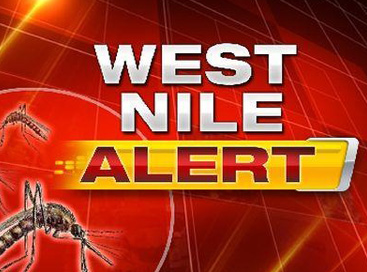
First 2016 Human Case of West Nile Virus Identified For CT
The Connecticut Department of Public Health (DPH) today announced that a resident of Milford has tested positive for West Nile virus (WNV) infection. This is the first human case of WNV associated illness identified in Connecticut this season.
The patient, between 70-79 years of age, became ill during the fourth week of August with encephalitis and remains hospitalized. Laboratory tests confirmed the presence of antibodies to WNV. This person did not travel out of the state before becoming ill.
"The identification of a Connecticut resident with West Nile virus associated illness that required hospitalization underscores the potential seriousness of infection," said Dr. Raul Pino, Commissioner, Department of Public Health. "Using insect repellent, covering bare skin and avoiding being outdoors during the hours of dusk and dawn are effective ways to help keep you from being bitten by mosquitoes."
"We continue to have weather conditions that are favorable for the mosquitoes that transmit West Nile virus," said Dr. Philip Armstrong, Medical Entomologist at the Connecticut Agricultural Experiment station (CAES). "These mosquitoes are most abundant in urban and suburban areas with dense human populations. West Nile virus positive mosquitoes were identified in Milford on August 15th."
West Nile virus has been detected in the state every year since 1999. During 2015, WNV was detected in mosquitoes collected at trap sites in 24 towns. In addition, 10 confirmed human cases of WNV were reported and were residents of Bridgeport (6), Fairfield (1), Milford (1), New Haven (1), and Shelton (1).
The CAES maintains a network of 91 mosquito-trapping stations in 72 municipalities throughout the state. Mosquito traps are set Monday – Thursday nights at each site every ten days on a rotating basis. Mosquitoes are grouped (pooled) for testing according to species, collection site, and date. Positive findings are reported to local health departments and on the CAES website at http://www.ct.gov/caes/mosquitotesting.
Exposure to mosquitoes and the risk of acquiring WNV infection varies by season and geographic region. In Connecticut, the risk is highest during August and September and typically subsides in October as mosquitos die off due to lower temperatures.
For information on WNV and other mosquito-borne viruses and how to prevent mosquito bites, visit the Connecticut Mosquito Management Program Web site atwww.ct.gov/mosquito.